Family Viperidae Higher classification Trimeresurus | Subphylum Vertebrata Suborder Serpentes Subfamily Crotalinae Phylum Chordata Rank Species | |
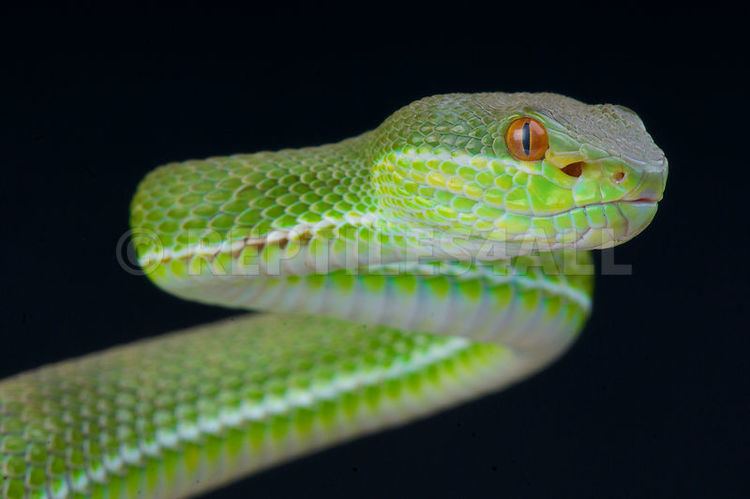 | ||
Conservation status Least Concern (Population stable) Lower classifications Trimeresurus stejnegeri yunnanensis, Trimeresurus stejnegeri chenbihuii | ||
Trimeresurus stejnegeri is a species of venomous pit viper endemic to Asia. Three subspecies are currently recognized, including the nominate subspecies described here.
Contents
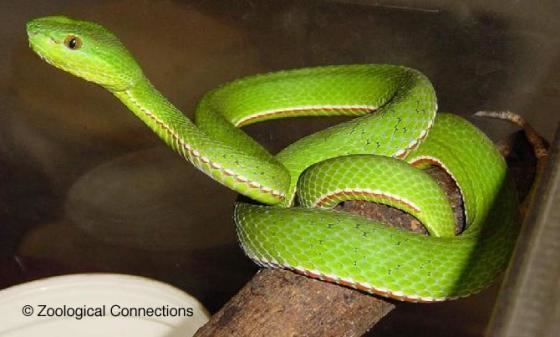
Etymology
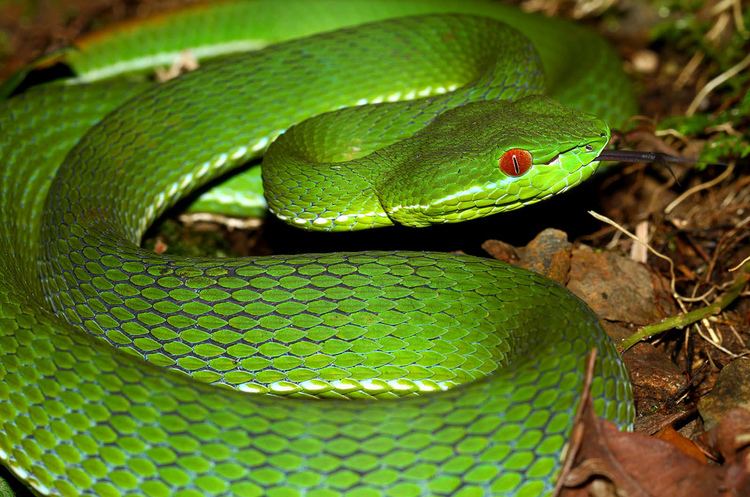
The specific name, stejnegeri, is in honor of Leonhard Hess Stejneger, Norwegian-born American herpetologist at the Smithsonian Institution for over 60 years.
Description
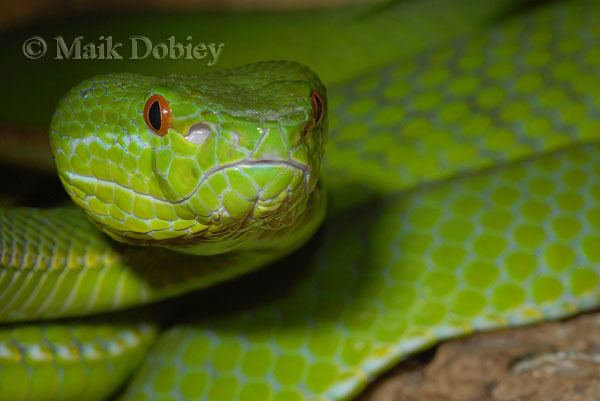
Grows to a maximum total length of 75 centimetres (30 in), with a tail length of 14.5 centimetres (5.7 in). The males have hemipenes that are short and spinose beyond the bifurcation.
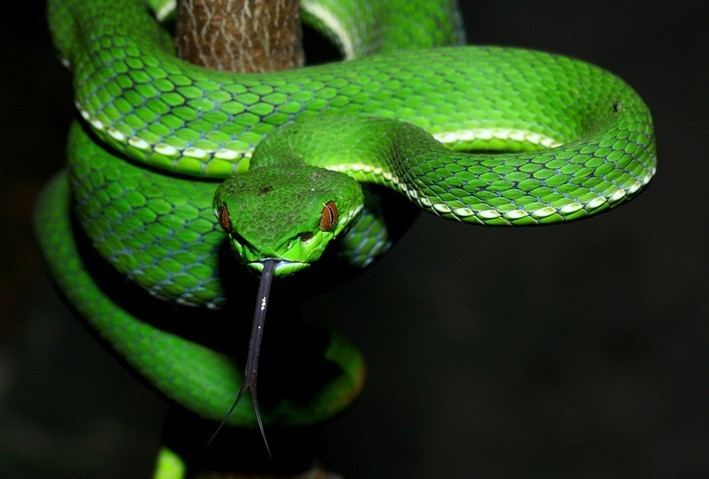
Scalation: dorsal scales in 21 longitudinal rows at midbody. 9-11 upper labials, of which the first are separated from nasal scales by a distinct suture. The supraoculars are single, narrow, and sometimes divided by a transverse suture. There are 11-16 scales in a line between the supraoculars. The ventrals number 150-174, and the subcaudals are 54-77. All of the subcaudals are paired.
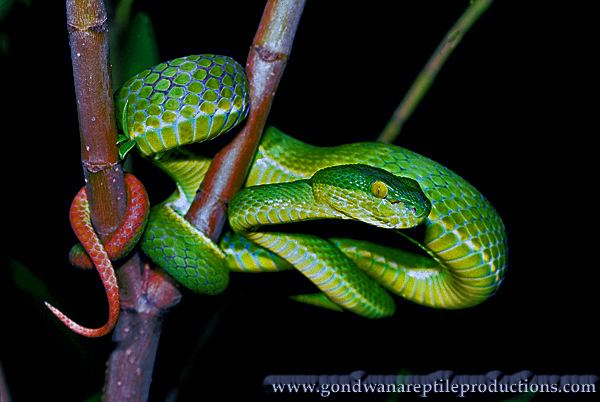
Color pattern: above bright to dark green, below pale green to whitish, the two separated by a bright bicolored orange or brown (below) and white (above) (males) or bicolored or white only (females) ventrolateral stripe, which occupies the whole of the outermost scale row and a portion of the second row.
Common names
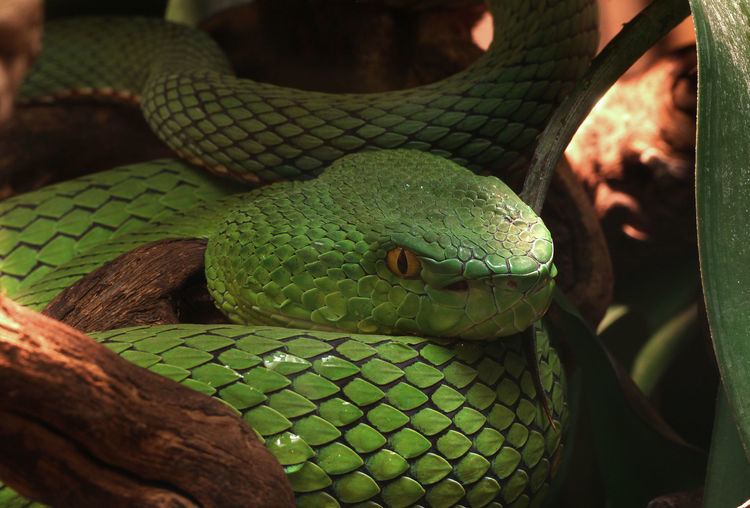
Bamboo viper, Chinese tree viper, bamboo snake, Chinese green tree viper, Chinese bamboo viper, Stejneger's pit viper, Stejneger's palm viper, red tail snake, Stejneger's bamboo pitviper, Formosan bamboo viper (for T. gramineus formosensis), Taiwan green tree viper (for T. s. formosensis).
Geographic range
Assam (India) and Nepal through Burma, Thailand and Laos to China (Guangxi, Guangdong, Hainan, Fujian, Zhejiang, Yunnan) and Taiwan. Leviton et al. (2003) also mention Vietnam. The type locality was originally listed as "Shaowu, Fukien Province, China", and later emended to "N.W. Fukien Province" by Pope & Pope (1933) (Fukien being the former romanization of Fujian).
Venom
It has a potent hemotoxin. The wound usually feels extremely painful, as if it had been branded with a hot iron, and the pain does not subside until about 24 hours after being bitten. Within a few minutes of being bitten, the surrounding flesh dies and turns black, highlighting the puncture wounds. The wound site quickly swells, and the skin and muscle become black due to necrosis. The size of the necrotic area depends on the amount of venom injected and the depth of the bite.
